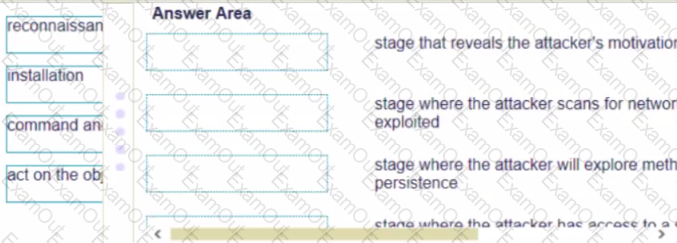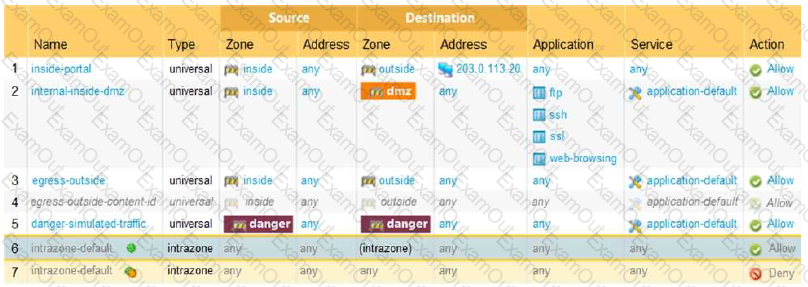A profile is a set of rules or settings that defines how the firewall performs a specific function, such as detecting and preventing threats, filtering URLs, or decrypting traffic1.
There are different types of profiles that can be applied to different types of traffic or scenarios, such as Antivirus, Anti-Spyware, Vulnerability Protection, URL Filtering, File Blocking, Data Filtering, Decryption, or WildFire Analysis1.
The WildFire Analysis profile is a profile that enables the firewall to submit unknown files or email links to the cloud-based WildFire service for analysis and verdict determination2. WildFire is the industry’s most advanced analysis and prevention engine for highly evasive zero-day exploits and malware3. WildFire uses a variety of malware detection techniques, such as static analysis, dynamic analysis, machine learning, and intelligent run-time memory analysis, to identify and protect against unknown threats34.
The Vulnerability Protection profile is a profile that protects the network from exploits that target known software vulnerabilities. It allows the administrator to configure the actions and log settings for each vulnerability severity level, such as critical, high, medium, low, or informational5.
Content-ID is not a profile, but a feature of the firewall that performs multiple functions to identify and control applications, users, content, and threats on the network. Content-ID consists of four components: App-ID, User-ID, Content Inspection, and Threat Prevention.
Advanced Threat Prevention is not a profile, but a term that refers to the comprehensive approach of Palo Alto Networks to prevent sophisticated and unknown threats. Advanced Threat Prevention includes WildFire, but also other products and services, such as DNS Security, Cortex XDR, Cortex XSOAR, and AutoFocus.
Therefore, the profile that should be used to obtain a verdict regarding analyzed files is the WildFire Analysis profile.
1: Security Profiles - Palo Alto Networks 2: WildFire Analysis Profile - Palo Alto Networks 3: WildFire - Palo Alto Networks 4: Advanced Wildfire as an ICAP Alternative | Palo Alto Networks 5: Vulnerability Protection Profile - Palo Alto Networks : [Content-ID - Palo Alto Networks] : [Advanced Threat Prevention - Palo Alto Networks]




